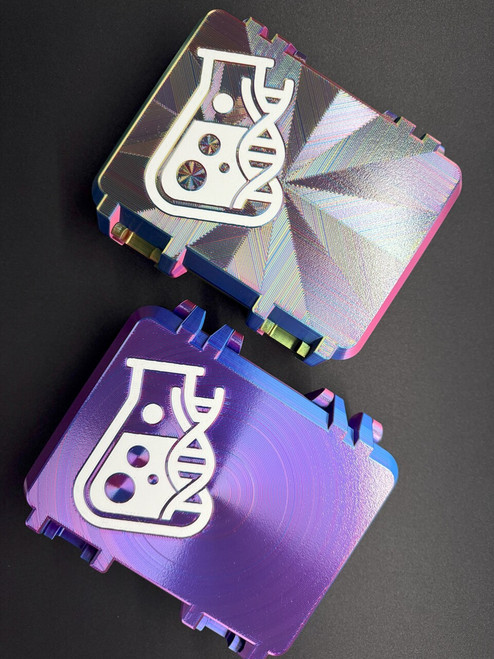Product Overview
? L-Carnitine – Research-Grade Amino Acid Derivative for Mitochondrial Investigation
Synonyms: Levocarnitine, L-3-Hydroxy-4-trimethylaminobutyrate
CAS Number: 541-15-1
Molecular Formula: C₇H₁₅NO₃
Molecular Weight: ~161.2 g/mol
Form: Sterile solution (commonly 500–600 mg/mL)
Use: For laboratory research only. Not for human or veterinary use.
? Overview
L-Carnitine is a naturally occurring quaternary ammonium compound synthesized from lysine and methionine. It is under investigation in laboratory settings for its role in fatty acid transport, mitochondrial energy production, and metabolic adaptation.
The injectable format bypasses gastrointestinal absorption, offering enhanced bioavailability and rapid systemic uptake in non-human research models. It is commonly used in protocols focused on cellular energy dynamics and oxidative metabolism.
⚙️ Mechanistic Insights
Preclinical studies suggest L-Carnitine may influence several biological pathways:
• Fatty Acid Transport – Facilitates movement of long-chain fatty acids into the mitochondrial matrix for β-oxidation
• Mitochondrial Buffering – May reduce acyl-CoA accumulation and support redox balance
• Energy Production – Associated with ATP generation via oxidative phosphorylation
• Insulin Sensitivity – Studied for its impact on skeletal muscle glucose uptake in select models
These findings are based on published scientific literature and are not indicative of human outcomes.
? Research Context
L-Carnitine is being evaluated in controlled laboratory environments for its relevance to:
• Fatty acid metabolism and body composition studies
• Exercise performance and endurance modelling
• Mitochondrial biogenesis and metabolic flexibility
• Neuroprotection and cognitive signalling
• Cardiovascular and hepatic energy assays
It is also used in combinatorial protocols with agents such as AOD-9604, 5-Amino-1MQ, and Retatrutide to explore synergistic metabolic effects in non-human systems.
? Packaging & Storage
• Supplied as sterile-filtered 10ml solution
• UV sterilized and double-filtered to 0.2μm
• Store at 2–8°C in a light-protected environment
• Use aseptic technique for multi-dose withdrawal
Note: Solvent compatibility and formulation protocols are available upon request for qualified research institutions
⚠️ Compliance Notice
This product is intended strictly for laboratory research use. It is not approved for human or veterinary applications and must not be used in food, drugs, or cosmetics. All information is based on published scientific literature and is provided for educational and informational purposes only. Researchers are responsible for ensuring compliance with local laws and institutional guidelines.



